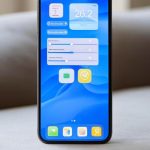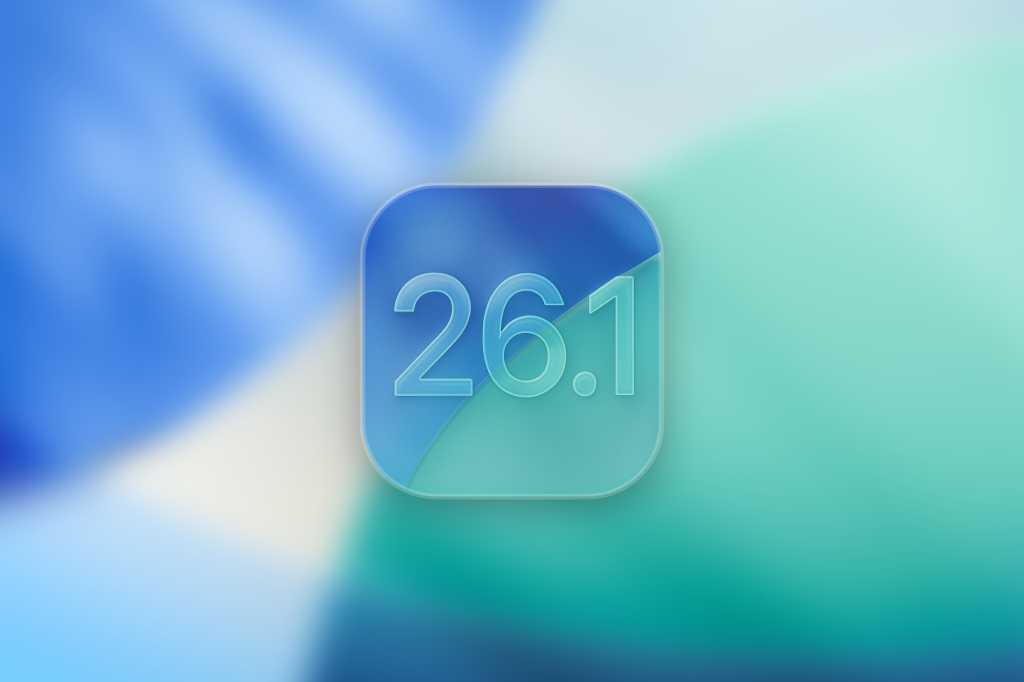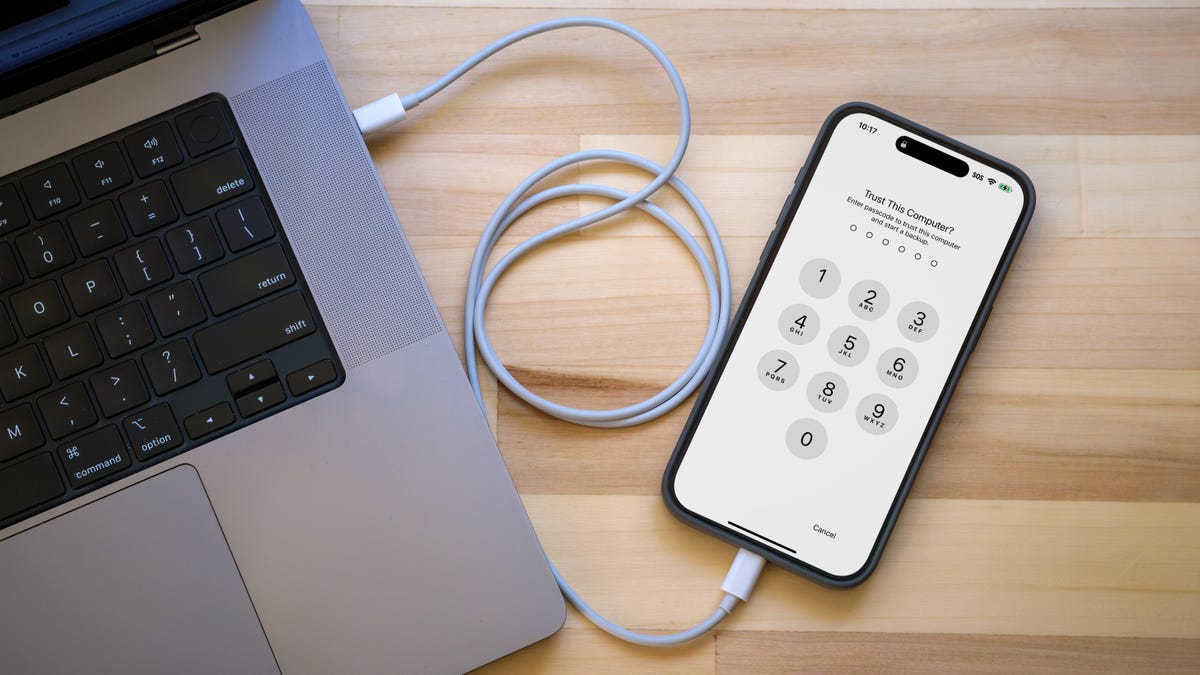In the ever-changing landscape of mobile operating systems, Apple’s iOS 26 introduced a visual overhaul known as Liquid Glass, a translucent interface that has drawn both admiration and criticism from users and developers. As the planned release of iOS 26.2 nears, early betas suggest Apple is doubling down on user control, potentially offering granular adjustments to the polarizing feature. Drawing on recent beta releases and industry insights, this in-depth analysis explores how these changes could reshape Apple’s user experience and design philosophy.
Liquid Glass, first unveiled with iOS 26 in September 2025, aimed to create a more immersive and fluid interface by incorporating glass-like transparency effects in menus, notifications and the lock screen. According to The Guardianthe update brought a “new look and features” to iPhones, emphasizing depth and interactivity. However, not all users were won over; many reported visual fatigue or accessibility issues related to the high transparency levels.
Evolution of user comments and initial responses
The reaction was swift, as evidenced by discussions on platforms such as the Apple Community Forums, where users were looking for ways to disable the feature altogether. A message from September 2025 on Apple Community » lamented: “Is there a way to completely disable the liquid glass feature on iOS 26? I’m not going to go into a long rant about why it’s horrible, I just want it to go away. This sentiment echoed across social media, prompting Apple to act quickly in subsequent updates.
With iOS 26.1, released in early November 2025, Apple introduced a basic toggle for liquid glass transparency. As detailed by MacRumorsthe update included options such as “Clear” and “Tinted”, allowing users to reduce transparency and increase contrast. The move was hailed as a “victory for Apple and users” in an article from 9to5Macnoting that it balances innovation and accessibility.
Beta previews of iOS 26.2 improvements
Building on this foundation, the beta version of iOS 26.2, which began rolling out recently, appears to go further in customization. Reports of CNET indicate that users could soon tweak Liquid Glass “even more,” with features like a slider for lock screen elements like the clock widget. This lines up with posts on Now you have a slider for the clock on the lock screen to change the liquid glass.
More details of CNET confirm that the beta “finally lets you customize the Liquid Glass effect on the lock screen” via a dedicated slider, allowing precise control over transparency levels. This granular approach addresses previous complaints, as seen in the October 2025 X posts, in which beta testers praised the addition of “Clear and Tinted” options in iOS 26.1 beta 4, paving the way for deeper tweaks.
Technical foundations and implications for developers
From a technical perspective, Liquid Glass leverages advanced rendering techniques including chromatic aberration and dynamic blur, as observed in beta toggles shared on X by users like @minimalnerd1 in August 2025. These effects, while visually striking, require significant GPU resources, raising questions about battery life and performance on older devices. Industry insiders note that Apple’s iterative updates reflect a data-driven response to user telemetry, ensuring broader compatibility.
For developers, these changes involve adapting applications to varying transparency settings. As Extreme Technology reported, iOS 26.1 also bundled major security fixes alongside the switch, highlighting Apple’s holistic approach. Developers must now test interfaces in different Liquid Glass modes to maintain consistency, which could influence application design paradigms across the ecosystem.
Market reception and competitive context
User reception has been mixed but increasingly positive with each update. A SlashGear The article noted that while iOS 26.1’s controls were a step forward, some users felt “it wasn’t enough,” pushing to get more in version 26.2. On X, November 2025 posts, such as those reposting articles from CNET, are showing growing enthusiasm, with tens of thousands of views indicating strong community interest.
In the competitive landscape, Apple’s initiatives contrast with Android’s long-standing customization options. As competitors like Google improve their Material You designs, Apple’s Liquid Glass evolution positions iOS as more user-centric, potentially increasing retention. Analysts suggest this could influence future hardware, like the iPhone 17 series, where display technology could further amplify these effects.
Accessibility and future directions
Accessibility remains a priority, with iOS 26.1 tweaks helping visually impaired users by offering higher contrast modes. Tom’s guide provided a step-by-step guide on how to “customize Liquid Glass transparency level” in Settings, making it accessible to non-technical users.
Looking ahead, iOS 26.2 may integrate these features with Apple Intelligence, as discussed in MacRumors beta 4 coverage. With the update expected as early as December 2025, according to CNET, Apple appears determined to refine Liquid Glass based on real-time feedback, ensuring that it evolves from a bold experiment to a staple of iOS design.
Industry impact and wider implications
The iterative refinement of Liquid Glass underscores Apple’s adaptive strategy in a post-Jobs era, where user feedback drives rapid change. Publications like The edge noted in articles from November 2025 that “iOS 26.1 lets you modify Liquid Glass, and it’s available now”, reflecting wider media coverage of Apple’s responsiveness.
For industry professionals, this marks a shift toward modular design systems, where basic aesthetics can be customized without compromising safety or performance. As Apple continues to release beta versions, the final version of iOS 26.2 could set new standards for operating system customization, influencing competitors and delighting users who demand control of their digital environments.










